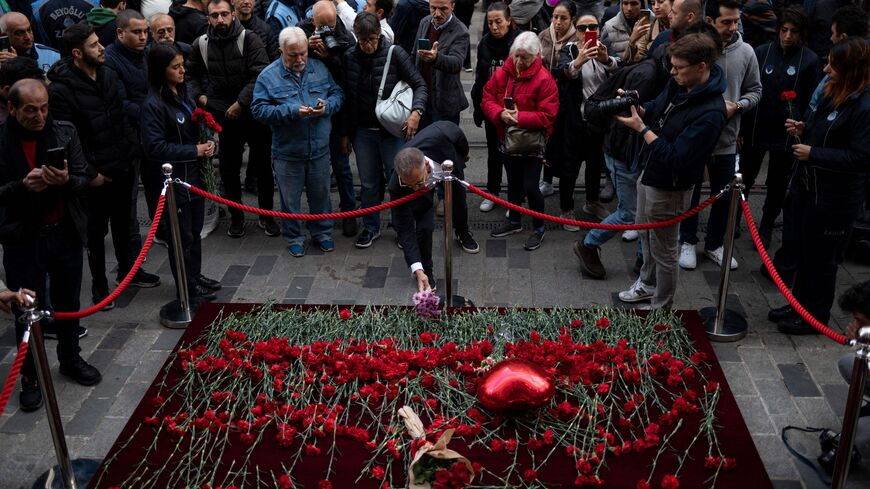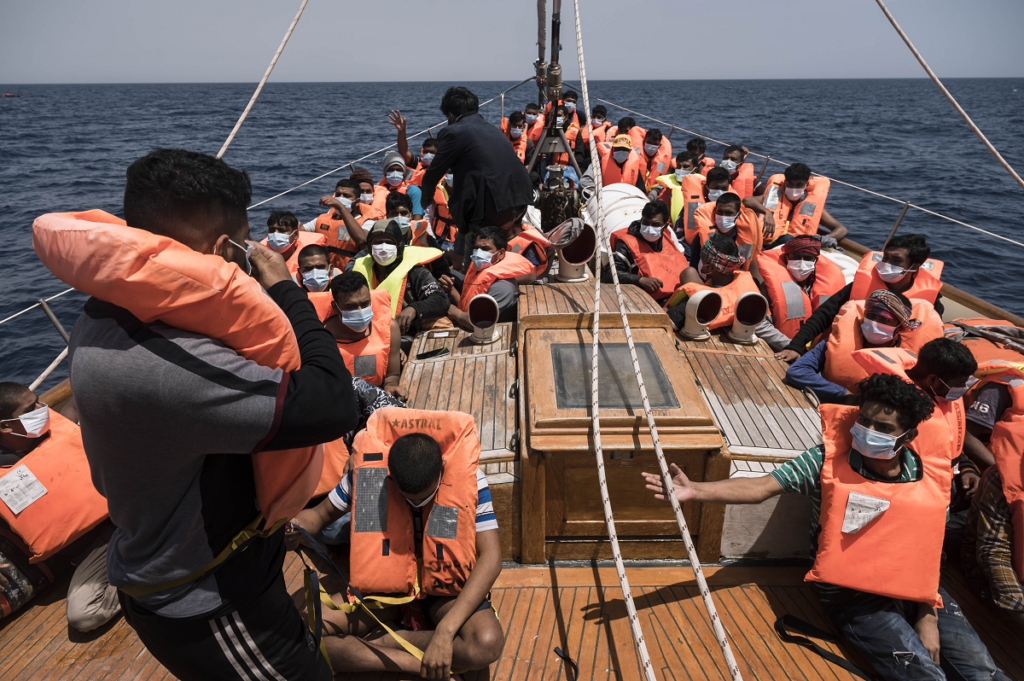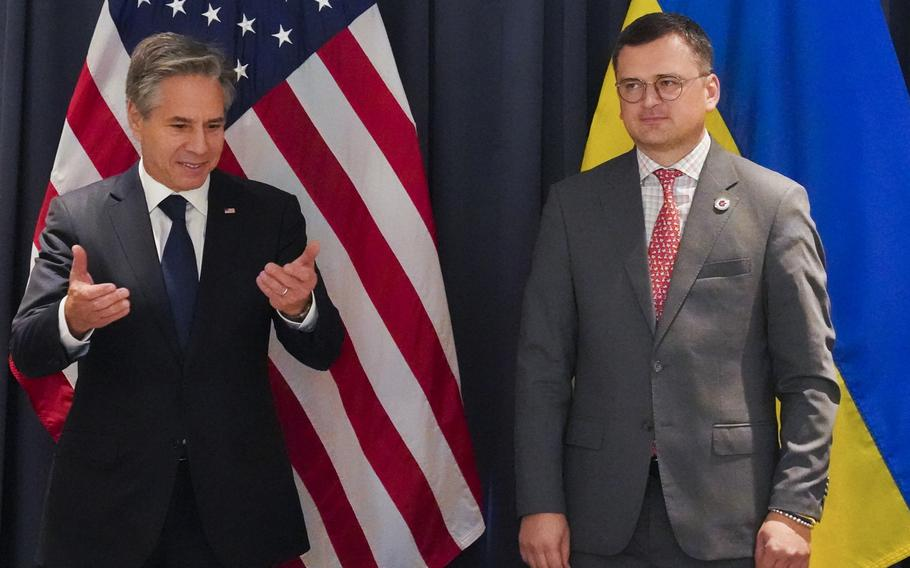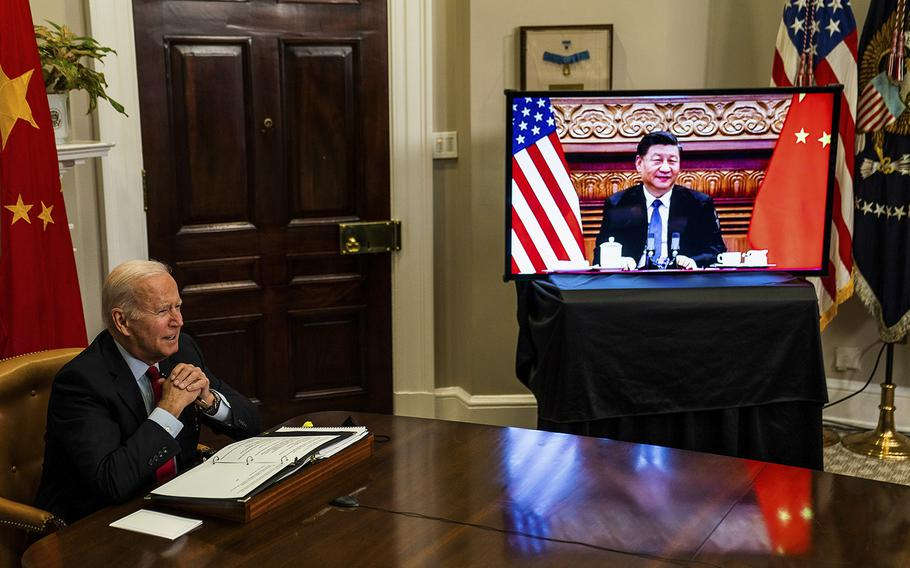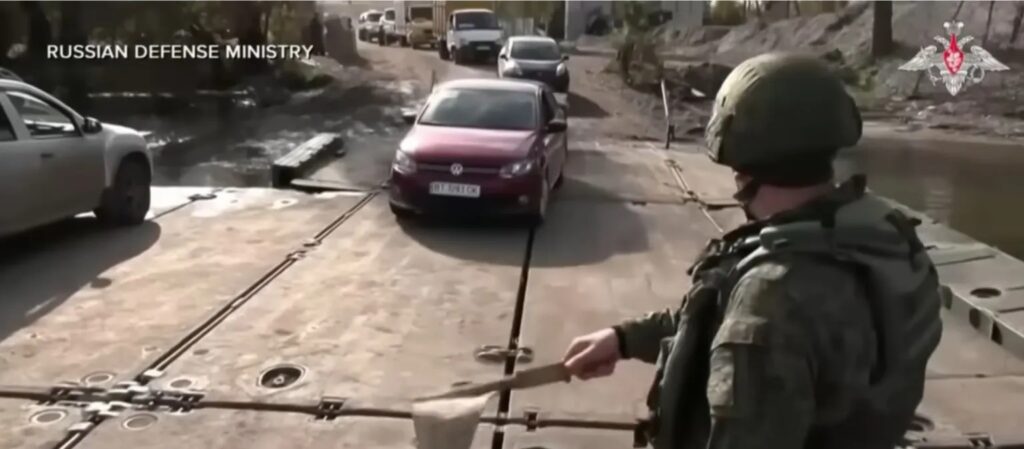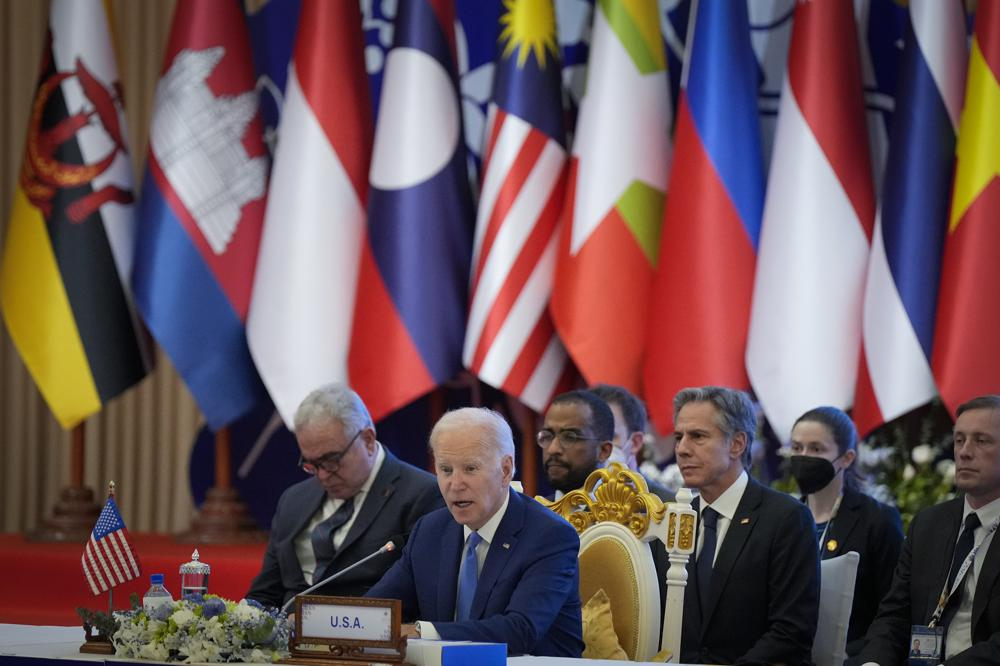US, Russian spy chiefs meet in Turkey over Ukraine war
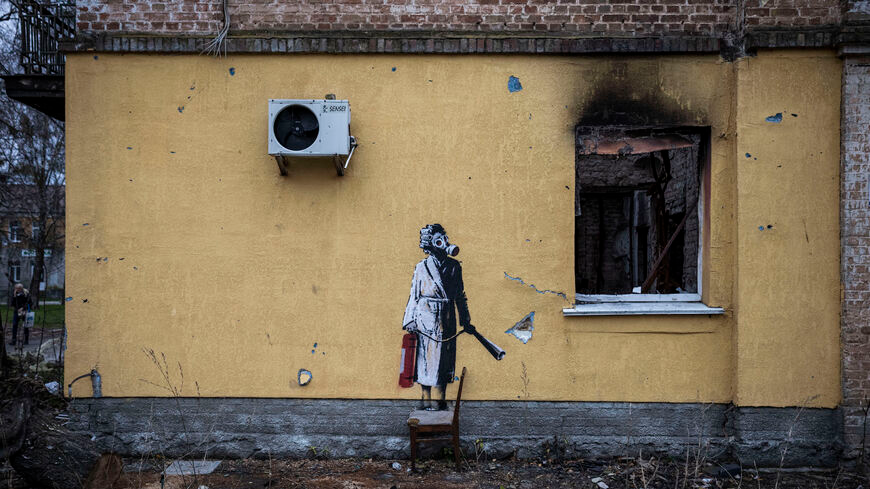
CIA chief warns his Russian counterpart “on the consequences of the use of nuclear weapons” during face-to-face talks in Ankara.
US and Russian spy chiefs traveled to Turkey’s capital for a delicate meeting amid increasing fears that Russia may be readying to use nuclear weapons in Ukraine.

